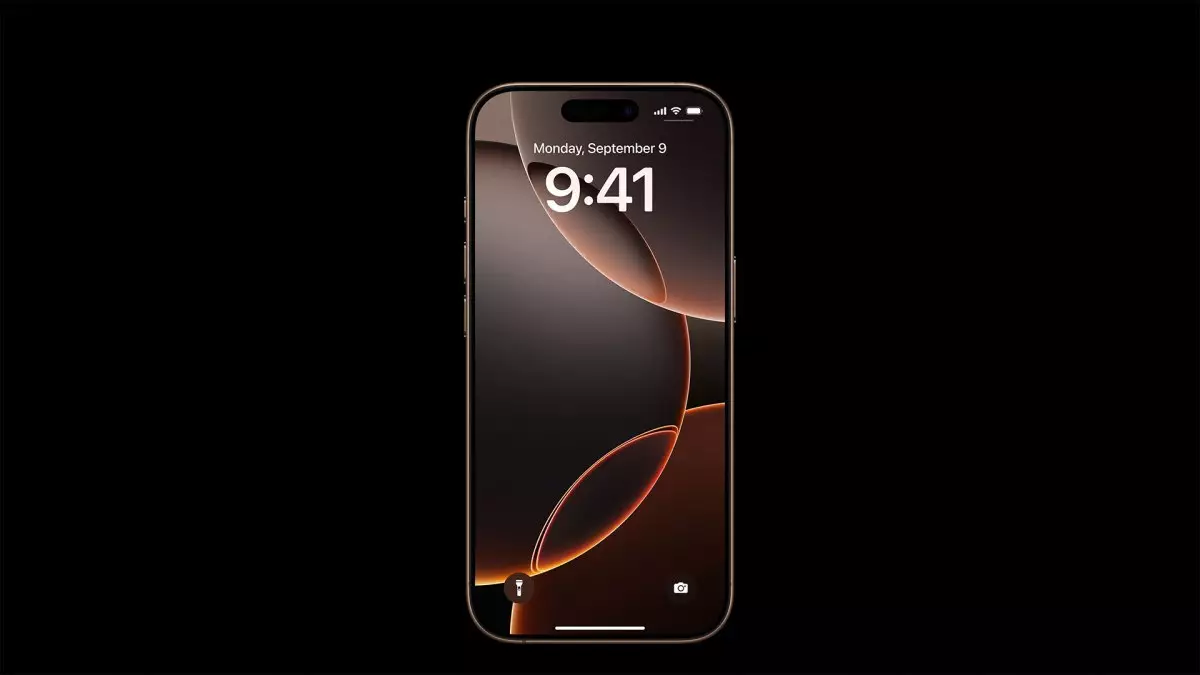The launch of the iPhone 16 is upon us, yet it carries nuances and disappointments that have left early adopters questioning their excitement. While the gadget is touted as Apple’s forward-looking model positioned at the intersection of technology and artificial intelligence, it appears that the much-anticipated features are not as ready for launch as consumers had hoped. This situation presents an intriguing moment in Apple’s trajectory, raising questions about the company’s placement within a fiercely competitive tech landscape where rapid advancements are paramount.
Apple has maintained a consistent narrative: it does not rush to market with new features but rather focuses on optimizing and refining existing technologies. However, with the iPhone 16, it seems Apple has allowed competitive pressures to influence its approach. The phrase “first iPhone built for Apple Intelligence,” uttered by CEO Tim Cook, initially stirred excitement, but as it stands, the reality feels more like an unfinished promise. This hesitation to fully deliver seems to reflect a company less confident about its AI capabilities than it once was.
This includes the staggering acknowledgment that the eagerly awaited AI functionalities are not as differentiated as Apple may imply. Apple’s previous presentations during its Worldwide Developer Conference and the iPhone 16 launch suggested a robust suite of capabilities. The truth, however, is that the features announced do not venture far beyond what has been available from competitors like Google, Microsoft, and various AI startups.
In terms of offerings, Apple has introduced tools that perform tasks such as article summarization, object erasure in photos, and audio transcription — functionalities that are far from groundbreaking. Instead, Apple positions its promise around privacy, assuring its users that their data will remain within its ecosystem and not be dispersed across other platforms. While privacy is a valid concern for many, using it as the main reason to opt for Apple’s AI suite is reminiscent of an era when convenience and novelty dictated tech purchases rather than security.
Moreover, despite the rollout of AI features scheduled for October, early access will be limited to specific enhancements and predominantly in U.S. English. This risks alienating a significant segment of Apple’s user base from international markets, which have historically driven a considerable sales percentage. The delayed introduction of more sophisticated features, like visual search, pushes the narrative that Apple is lagging behind, drawing skepticism over whether this strategy will render the iPhone 16 desirable amid a more advanced technological landscape.
Given that enhancements will also be available on the iPhone 15 Pro and Pro Max, prospective buyers may reconsider the urgency of upgrading to the iPhone 16. Apple’s statements hinting at a longer-term vision could unintentionally cause a ripple effect of hesitation among consumers. If the anticipated AI developments are merely delayed, will users opt to hold onto their existing devices rather than invest in the newest model?
This raises a critical issue: how will consumer behavior shift in response to Apple’s evolving product strategy? As noted by industry analysts, the lack of immediate, standout features could lead to a defensive wait-and-see approach by potential customers, ultimately undermining the projected sales figures for the iPhone 16.
In the context of future growth, Apple’s decision to build out its AI platform could represent a long-term investment. A plausible outcome would be a flourishing ecosystem where third-party developers can fully utilize Apple’s AI features, creating fresh applications and user experiences. However, realistically, this productive integration feels far-off, especially when the focus discussions point toward the unreleased iPhone 17.
The iPhone 16’s debut is a monumental moment for Apple, showcasing not just a piece of hardware but a sign of the times; it reflects the tension between swift technological demands and a push for responsible innovation. As users grapple with what the company has truly delivered versus what was initially promised, the question looms: is it worth taking that leap of faith now, or will the consumers wait for a more robust offering in the future?

